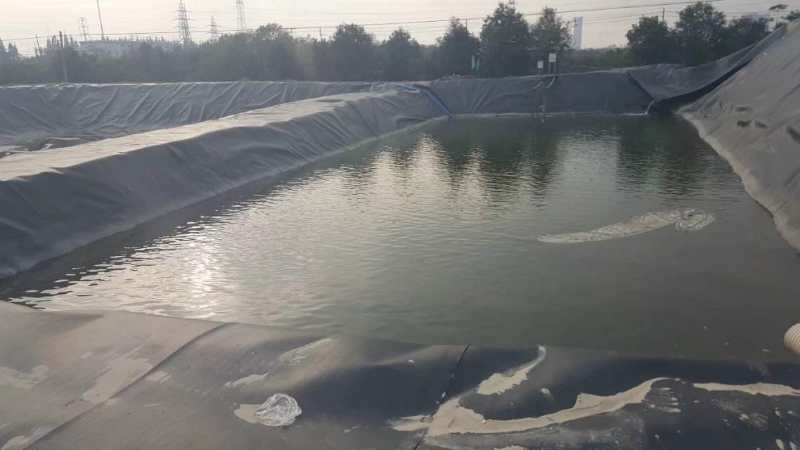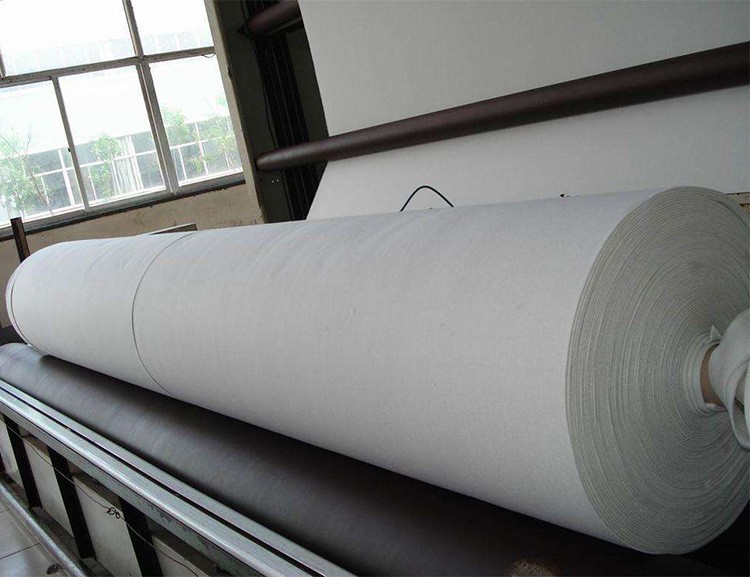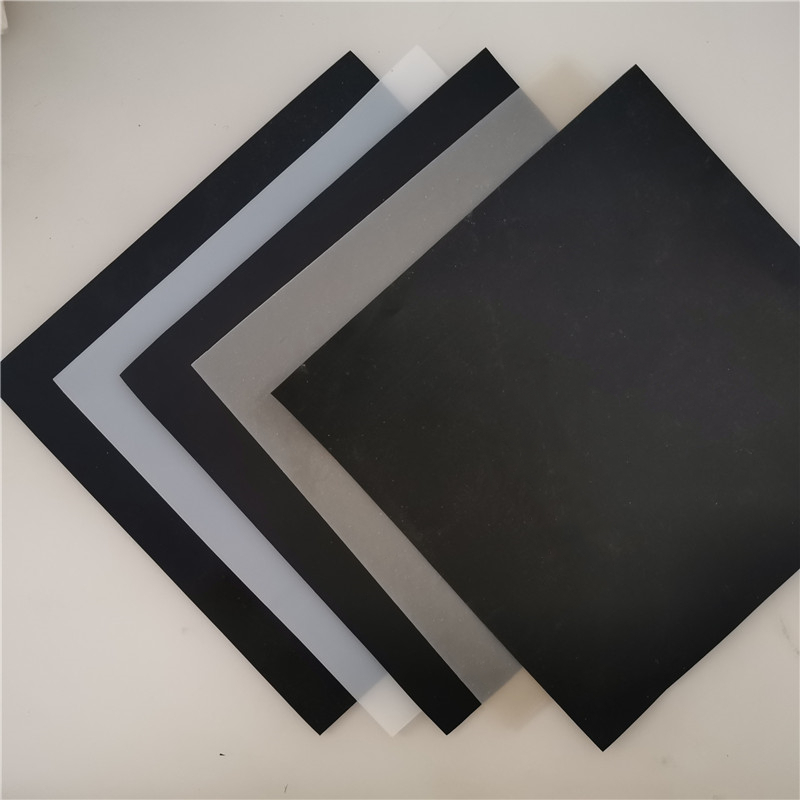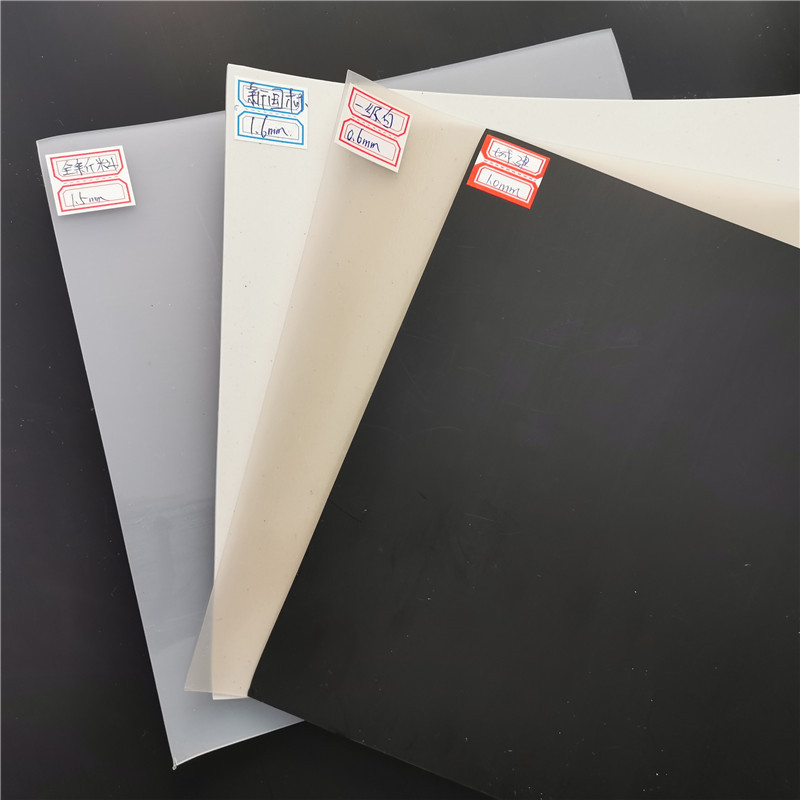详细内容:

Product Introduction
The anti-seepage membrane of the lotus pond uses plastic film as the anti-seepage base material, and its anti-seepage performance mainly depends on the anti-seepage performance of the plastic film. At present, the anti-seepage membranes for lotus ponds at home and abroad are mainly PE films, which are high-molecular chemical flexible materials with low specific gravity, strong extensibility, high adaptability to deformation, corrosion resistance, low-temperature resistance and good frost resistance. After several years of development, the shallow water lotus root cultivation technology has become a planting model that saves water and fertilizer, has high yield, is easy to manage and has good benefits. It is particularly suitable for use in water-scarce areas. Scientific cultivation of shallow water lotus roots has become a new way for farmers to get rich and for migrant workers to start businesses. It is convenient and economical to build lotus ponds with special membranes, which have a long service life and are cost-effective.
Performance features
Water storage: Due to its low permeability coefficient, it has excellent water storage performance, preventing water in fish ponds from seeping into the soil, effectively monitoring the water level, and saving related water retention costs.
System stability: Compared with directly digging a pond, using HDPE film can stabilize the slope, which is conducive to eliminating the threats brought by natural conditions such as wind, rain and waves to the fish pond, maintaining the stability of the system designed, and preventing the loss of farmed crops in the fish pond due to environmental damage. And by using anti-seepage membranes, the pond can have steeper slopes and deeper depths, which is equivalent to increasing the output in a disguised way. The stability of the system, of course, also reduces the cost of maintaining the earthwork for the aquaculture ponds.
Reduce maintenance costs: It can inhibit the growth of algae in water and is easy to clean. Because the geotextile membrane itself contains anti-ultraviolet additives, it is not afraid of sun exposure and is easy to maintain. The use of geomembranes can provide convenient environmental monitoring. Because the maintenance cost and time are both very low, fishing can be carried out conveniently and quickly.
Function and application
Key points of lotus root and loach mixed culture ponds: According to the needs of lotus root and loach mixed culture, the method of building the pond is different from that of ordinary lotus root ponds. It is mainly reflected in several aspects such as the height of the exterior walls, anti-escape facilities, the setting of fish walking ditches, and the setting of water inlet and outlet ports (other aspects can refer to the construction method of the connected pool).
The mixed cultivation of loaches in lotus ponds is a common model of mixed cultivation of lotus roots. There are also other types of mixed cultivation, but their economic value and comprehensive utilization are not as good as those of mixed cultivation of loaches. Adopting a mixed cultivation model not only increases production and efficiency but also enables the rotation of lotus roots to prevent adverse consequences caused by continuous lotus root cultivation alone. The technology of building mixed culture ponds with special membrane for lotus ponds is rather complicated. To avoid losses caused by blind construction, the construction of such ponds should be carried out under the guidance of technicians.





